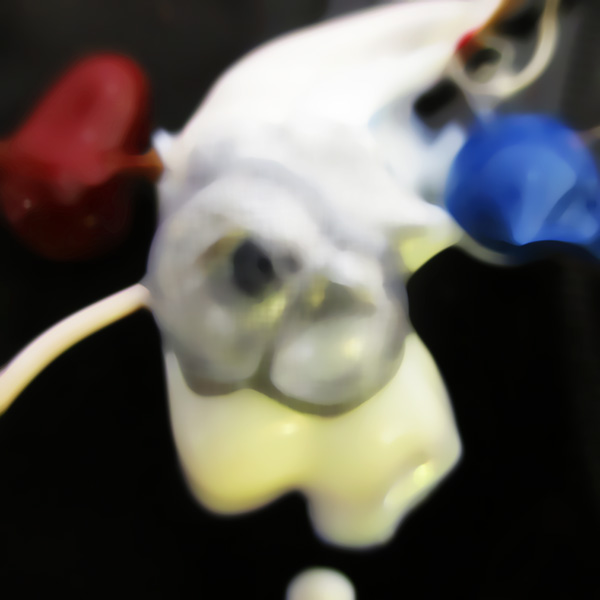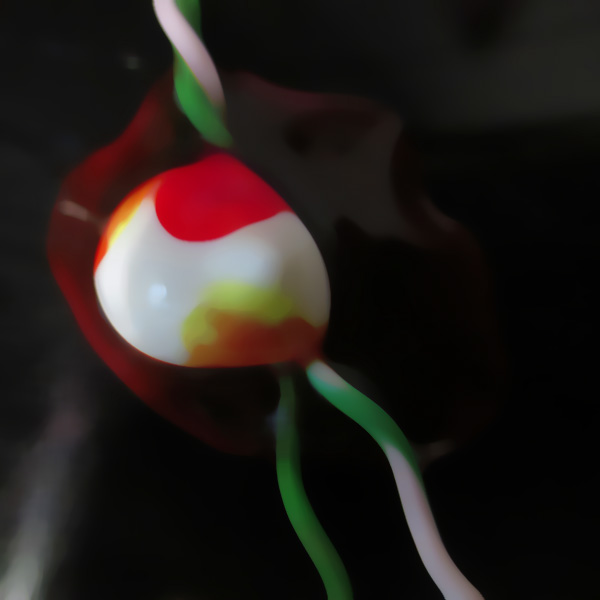Rijks Open 2019
saai is eigenlijk het enige dat ik er over kan schrijven. Ik bezoek de Rijks Open al ca. 25 jaar en elke jaar zijn er in ieder geval een aantal uitschieters, nu waren dat er nul. Het enige dat ik nu drie uur later herinner is dat er veel video’s te zien waren, tv kijken in verschillende ruimtes dus.
R. H. Quaytman
Na lange twijfel over de internationale verzendkosten heb ik zojuist bij de uitgever het boek An Evening, Chapter 32 van R.H.Quaytman besteld. Quaytman maakt intrigerend werk met veel (kunst)historische referenties in verhouding tot de architectuur waarbinnen het getoond wordt.
In een review in Mousse Magazine van de expositie waar het boek bij verschenen is, was ik enigszins verbaasd over de slot conclusie waarin het als manco beschreven werd dat er veel kennis en aandacht nodig is om dit werk te begrijpen. Van Nederlandse kunstcritici zou ik niet anders verwachten maar ook deze in Wenen woonachtige Engelsman heeft een lage dunk van kunstliefhebbers.
Een goed kunstwerk is op meerdere niveaus te ervaren. En ik vind het werk van R. H. Quaytman goed, zelfs terwijl ik het voornamelijk van internet ken. Het is beeldend sterk, ook visueel gelaagd en op een unieke manier in de ruimte geplaatst. Dat kan elke bezoeker waarnemen. Mensen met meer kennis van architectuur en kunstgeschiedenis pikken meer verbanden mee. Andere bezoekers kunnen zich hier in verdiepen, zoals ook mensen mét die kennis zich verder kunnen verdiepen bijvoorbeeld door het boek te lezen.
Tarkovski en Proust
Tarkovski was geïnteresseerd in kunst, filmkunst. Hij formuleert dit helder in het interview aan het begin van de expositie in Eye. Hij is zelf helderder dan de zaalteksten die, als altijd over Tarkovski, over religie gaan en dit keer ook over dichotomieën.
Maar ik zie en hoor poëzie, ik zie beeldpoëzie en hoor taalpoëzie. Tarkovski is zoon van zijn dichtende vader.
Tijdens mijn bezoek dacht ik een paar keer aan Proust. Vanwege tijd, herinneringen en zoektocht naar film/literatuur.
Zowel Tarkovski als Proust waren met kunst, het fenomeen kunst, bezig en met name hoe dat vorm te geven in hun medium, film en literatuur. ‘Op zoek naar de verloren tijd’ was niet zozeer een zoektocht naar het verleden maar een onderzoek naar literatuur en Proust eigen schrijverschap.
Tarkovski’s beschouwingen over de filmkunst heten ‘de verzegelde tijd’.
Molar concentration
Molar concentration (also called molarity, amount concentration or substance concentration) is a measure of the concentration of a chemical species, in particular of a solute in a solution, in terms of amount of substance per unit volume of solution.
– In A Thousand Plateaus Deleuze and Guattari apply the ‘molar’ and ‘molecular’ to political bodies. Molar entities belong to the State or the civic world. They are well defined, often massive, and are affiliated with a governing apparatus. Their molecular counterparts are micro-entities, politics that transpire in areas where they are rarely perceived: in the perception of affectivity, where beings share ineffable sensations; in the twists and turns of conversation having nothing to do with the state of the world at large; in the manner, too, that a pedestrian in a city park sees how the leaves of a linden tree might flicker in the afternoon light. The shifting to and from molar and molecular forms can be associated not only with deterritorialisation but also the very substance and effect of events that begin and end with swarms and masses of micro-perceptions.
Molecules often aggregate and swarm into active masses of molar aspect and vice versa. In The Fold Deleuze suggests that events, the very product of philosophy and determining features of perception, depend on the prehension of the textures of elements in terms of their wholes and the parts that swirl and toss within them or on their very surfaces. The process entails grasping a ‘chaosmos’ that becomes discernible through the categories of the molar and molecular. Deleuze is in turn enabled to study matter as a function of mass, hardness, and of ‘coherence, cohesion’ (D 1993a: 6). He projects the distinction onto the body in so far as it can be appreciated in its elasticity and fluidity. Thus, with the ‘molar’ the philosopher correlates surfaces with structures, masses with territories, and vibrations or waves with landscapes. –
From The Deleuze dictionary
Molaire concentratie
De molaire concentratie (of de molariteit) is een maat voor de sterkte van een oplossing van een stof. Ze wordt gedefinieerd als het aantal mol opgeloste stof per liter oplossing.
Onder werkelijkheid en volmaaktheid versta ik hetzelfde
Spinoza, Ethica 2 definitie 6
Volmaaktheid en onvolmaaktheid zijn dus in feite slechts modi van denken, begrippen namelijk die wij gewend zijn te verzinnen omdat wij individuele dingen van hetzelfde soort of geslacht met elkaar vergelijken. Om deze reden heb ik hiervoor (del. 6 van dl. 2) gezegd dat ik onder werkelijkheid en volmaaktheid hetzelfde versta.
E 4, Woord Vooraf














